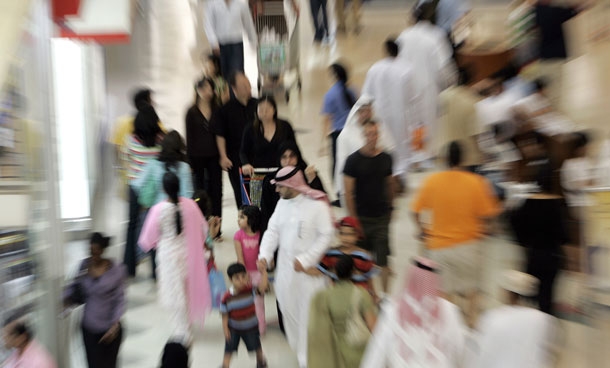The GCC population will soar by 30 per cent to 53.5 million people who will form an increasing strain on the region’s supplies of electricity, food and water, a report by the Economist Intelligence Unit revealed.
“By 2020, the GCC population is forecast to reach 53.5 million, a 30 per cent increase over the level in 2000. Over the same period, the region’s real GDP is expected to grow by 56 per cent and the nominal GDP, which was US$341.6bn in 2000, is forecast to soar to over US$1 trillion in 2010 and US$2 trillion in 2020,” the report showed.
The Economist Intelligence pointed out that the GCC nations are undertaking a variety of measures “to ensure long term sustainable growth introducing energy-efficiency measures, investing in clean fuel and renewable energy supplies, improving water efficiency, investing in new water desalination capacity; and buying or leasing agricultural land abroad.”
UAE vision towards energy
The UAE oil potentials amounted to 8.5 per cent of global oil wealth, ranking fifth at the international level while its natural gas deposits which approximately account for 3.3 per cent of the world’s total proven gas resources have pushed the UAE government to think of renewable energy to benefit from the rise in prices of hydrocarbon resources, Sultan Al Jaber, CEO of Masdar, said.
Al Jaber added that this has driven the UAE to think of renewable energy to generate power to meet the rise in demand. He pointed out that the UAE aims to produce seven per cent of its electricity, for example, through alternative energy renewable energy by 2020, 25 per cent from nuclear energy and the remaining 68 per cent from gas.
“Should we use this mix of power sources, we will be saving from the period 2012-2030 more than Dh55 billion ($15 billion),” said Al Jaber.
The International Renewable Energy Agency (IRENA) said that the GCC countries’ returns through renewable energy integration could hit $200 billion by 2030.
“There are presently 30 projects which are in planning stage, under construction or have been completed in the region. The GCC states aim to reduce their reliance on oil and gas and to diversify their sources of energy for their own needs in order not to keep their oil and gas wealth for the lucrative energy export business,” said IRENA.
Solar energy projects in Qatar and Saudi Arabia
IRENA said that Qatar is currently working on a solar energy project which will account for 16 per cent of the country’s total electrical output by 2018.
Qatar is launching a joint- venture with US oil giant Chevron, Qatar recently installed the first test phase of a solar park in the desert.
IRENA added: Saudi Arabia is seeking investors for a $109 billion for its solar energy program which will provide 33 per cent of the country’s needs by 2032.”
KuicK Research demonstrated that KSA had been investing heavily in solar technologies for power production and water desalination to help realize its 10 per cent of renewable energy target by 2020.
KuicK Research explores into the scenario of the development of solar and wind energy as drivers of the renewable energy exploitation in the region.
In October 2012, Dubai started to build the first phase of the Mohammad Bin Rashid Al Maktoum Solar Park, a 13 megawatt solar photovoltaic (PV) power plant to help adjust the level of consumption of gas since Dubai gets 99 per cent of its domestic electricity needs from gas power.
Abu Dhabi had completed the $600 million Shams-1 solar park, is one of the largest solar power parks in the world, which is expected to be officially opened in February.
Gulf News
3 January
























































